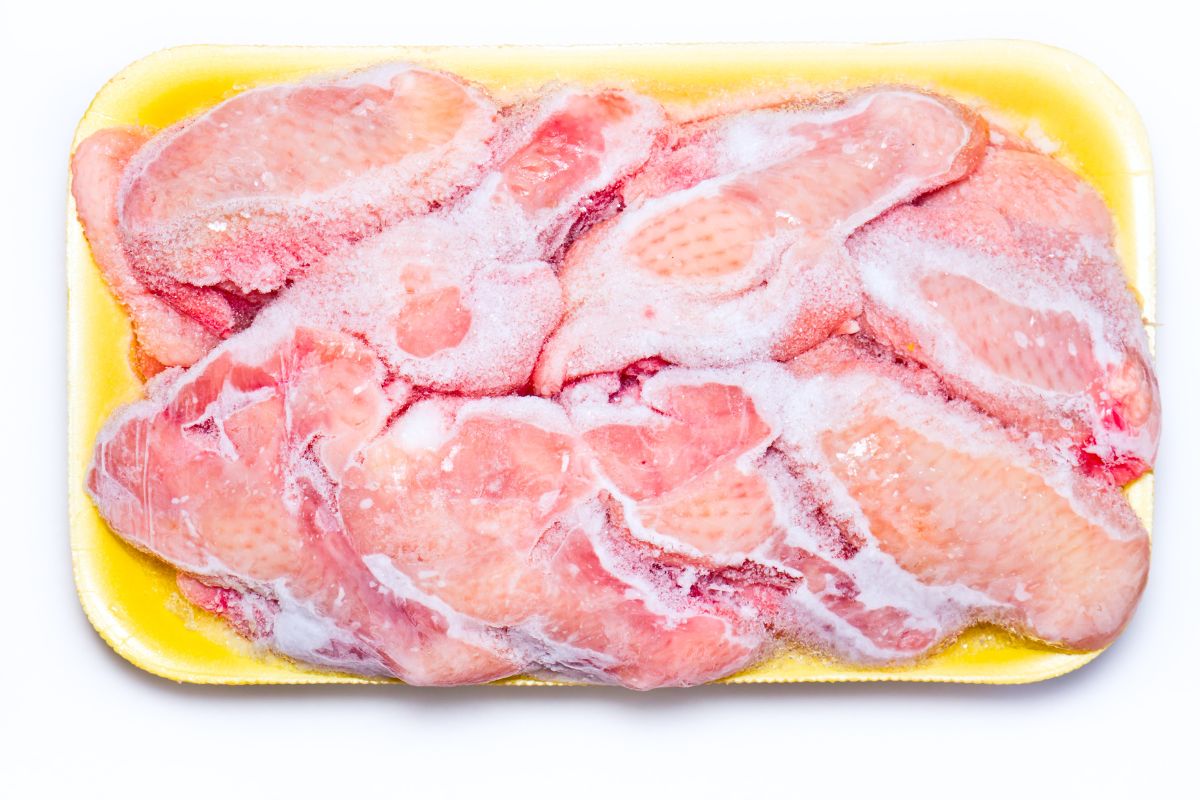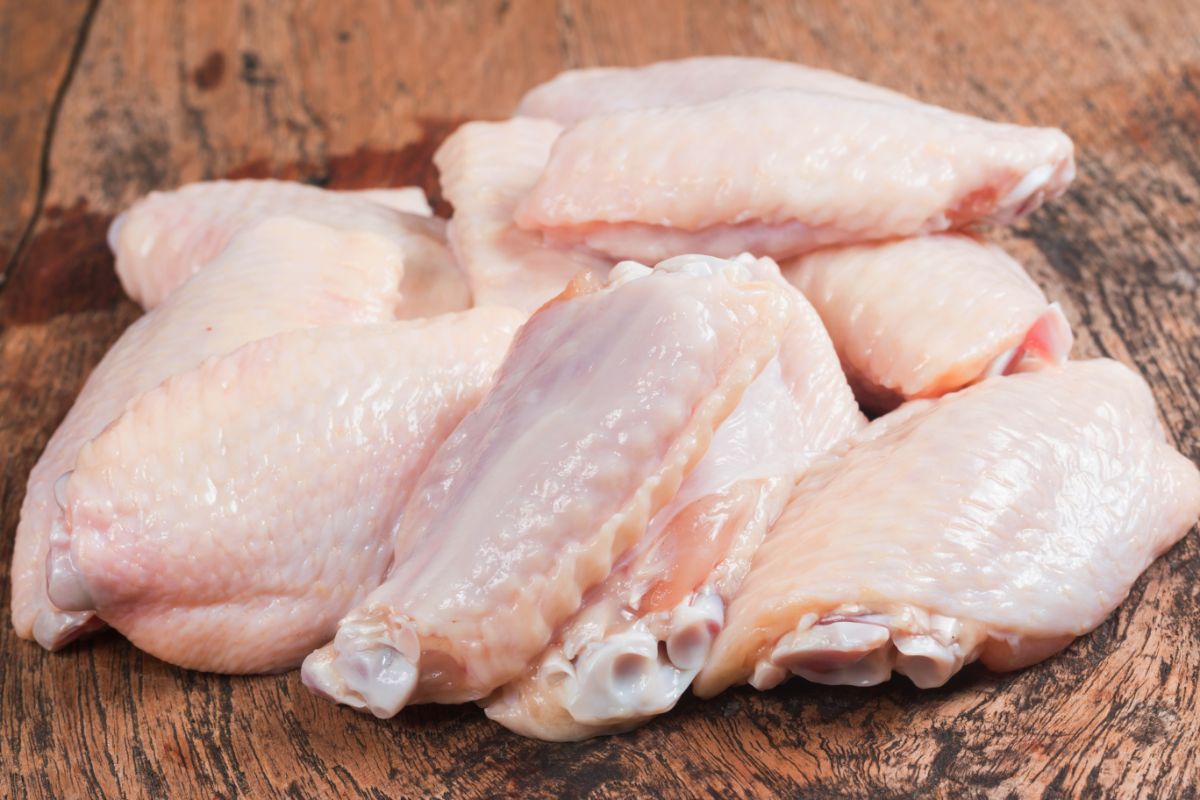Chicken wings are an often underappreciated way of enjoying chicken meat. Sure, they don’t always have the most meat on them, and they can be pretty tricky to eat straight from the bone.
But chicken meat is chicken meat, after all. And you’ll be surprised just how much meat you can get from these little wings, especially if you’re throwing them into a stew or soup for added flavor.

Alternatively, throw a marinated wing on the grill, and get beautifully crispy skin and meat that just melts in your mouth.
Plus, we can’t just be throwing away perfectly good meat, can we?
One of the best ways for keeping chicken wings ready for either of these meal ideas and more is to keep them frozen for just the right time.
But what do you do when that time comes? What’s the best way of defrosting these poultry wings, without potentially harming you, your friends, and your family’s health?
Well, you can just take a look at this guide! Here, we’ll show you all the dos and don’ts that you should keep in mind when thawing out chicken wings, as well as a few tips and tricks that you should also keep in mind.
Why You Should Properly Prepare/Thaw Chicken
Before we get any deeper into the weeds of the issue, we should first explain why it’s so important to defrost or thaw chicken properly first, before throwing it in any kind of dish or cooking pot, not just wings.
Generally speaking, chicken is one of the most susceptible meats to losing most of its flavor when thawing, especially when thawed poorly.
If the meat heat up too quickly, you’ll often find that a lot of the moisture that chicken meat has dries out with it, which can cause or exacerbate any freezer burn that a cut of chicken might have.
This leaves you with a piece of chicken that doesn’t just taste nothing, but also feels rubbery to chew on. It’s certainly not a nice experience, that’s for sure!
On a more serious note, however, badly defrosted chicken is also very vulnerable to bacterial infections.
If left out to thaw for too long in a warm environment, the bacteria that live in and on the raw chicken can multiply exponentially, increasing the risk of anyone eating it contracting food poisoning.
Now, of course, no one wants that, so a proper defrosting technique is essential.
Why Chicken Wings Are Tricky To Thaw
Okay, so hopefully it should be starting to become clear why thorough defrosting is important for all chickens. But why are chicken wings so tricky to defrost?
This mainly just comes down to the unique shape of chicken wings when compared to other cuts of chicken meat.
Chicken wings are some of the most awkward cuts to handle, with their many nooks and crannies, as well as the many parts of the meat that allow for air.
As such, it’s a little trickier to determine when a chicken wing is thoroughly defrosted.
(Note, we did say ‘the trickiest cut to thaw’, not the longest. It’s a small distinction, but one that we felt should be made.)
This can leave pockets of frozen meat when the chicken wing is eventually cooked, providing a cooler haven for many bacteria colonies.
Which, as we already explained, can cause you to get food poisoning when eating them!

Thawing Your Chicken Wings
So, with those explanations out of the way, we can start to take a close look at some of the ways that you can safely thaw out any chicken wings that you have stored in your freezer.
That’s right, there’s more than one way to safely defrost your chicken wings, depending on the amount of agency that you need them in. Each one comes with its pros and cons that we’ll get into each method.
Thawing In The Fridge (The Longest)
This is undoubtedly the option that many people turn to when defrosting their chicken or chicken wings. Simply letting them thaw in a still cold, but dry environment.
It’s probably the most simple, too. No extra setup or attention is needed, just put the wings in the fridge on a plate, close them, and let the natural thawing process do its work.
So, why this method, instead of simply leaving them on the kitchen side?
Well, the low temperature stops bacteria colonies from growing and multiplying as the chicken defrosts, meaning that you don’t have to urgently watch it for when the kitchen is ready to be cooked.
(Of course, a cold, but not freezing temperature won’t stop the bacteria from multiplying, so make sure that you use the thawed chicken wings within a day or two of defrosting.)
However, it’s not without a few drawbacks. As you can imagine, this is the method that requires the most amount of time to use.
Your chicken wings will need to be in the fridge for at least 18 to 20 hours before they even approach being completely thawed.
This means that if you forget to take out the chicken early enough, you’ll be left with only partially defrosted chicken, which is still a health hazard when cooking.
Thawing In Cold Water (Quicker)
This particular method is our personal favorite, as it’s still relatively simple, while also drastically cutting down the defrosting time needed.
Simply fill a sink or a bowl with cold water, then place the chicken wings (which themselves should be in some leak-proof sealed bag), and leave them in the cold water to thaw.
The chicken wings will still thaw, thanks to the water being above freezing point, and the surrounding water will mean that there is even coverage that allows the chicken to defrost faster.
If you’re actively making sure that the water remains at a cool, but constant temperature, you can have your chicken defrosted in as little as 2 to 3 hours, a much faster time.
Of course, you have to remember to change the water out to thaw out your chicken meat this fast, and it’s still not an instant job. But even still, it’s easy to follow, and keeps your chicken cool, making it safe to eat.
Thawing In Warm Water (Quickest)
Now, if you are desperately in a rush to thaw your chicken, running the exposed chicken under warm (not hot) water will help thaw the chicken at an even faster pace.
Provided that you’re using running clean water, you can have your chicken ready for cooking in as little as 30 minutes.
However, heating the chicken this fast is going to have consequences. While you probably won’t ruin the texture, a lot of the chicken juice that helps give the meat its flavor.
Plus, with the warm water being a haven for bacterial growth, you pretty much need to cook the as soon as it’s finished defrosting, so there’s no way to save the chicken for the next day, or even in a few hours.
Final Notes
So, which thawing method do you prefer? Do you like to do it quickly, or do you like to thaw it safely and slowly? Let us know!
- How To Reheat A Cheesesteak - November 5, 2023
- What Are Three Must Have Kitchen Knives? - September 22, 2023
- How To Protect Edges Of Pie Crust - June 15, 2023








